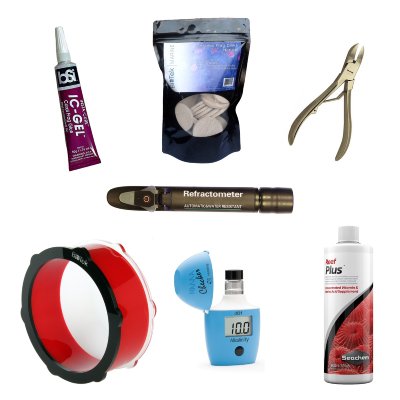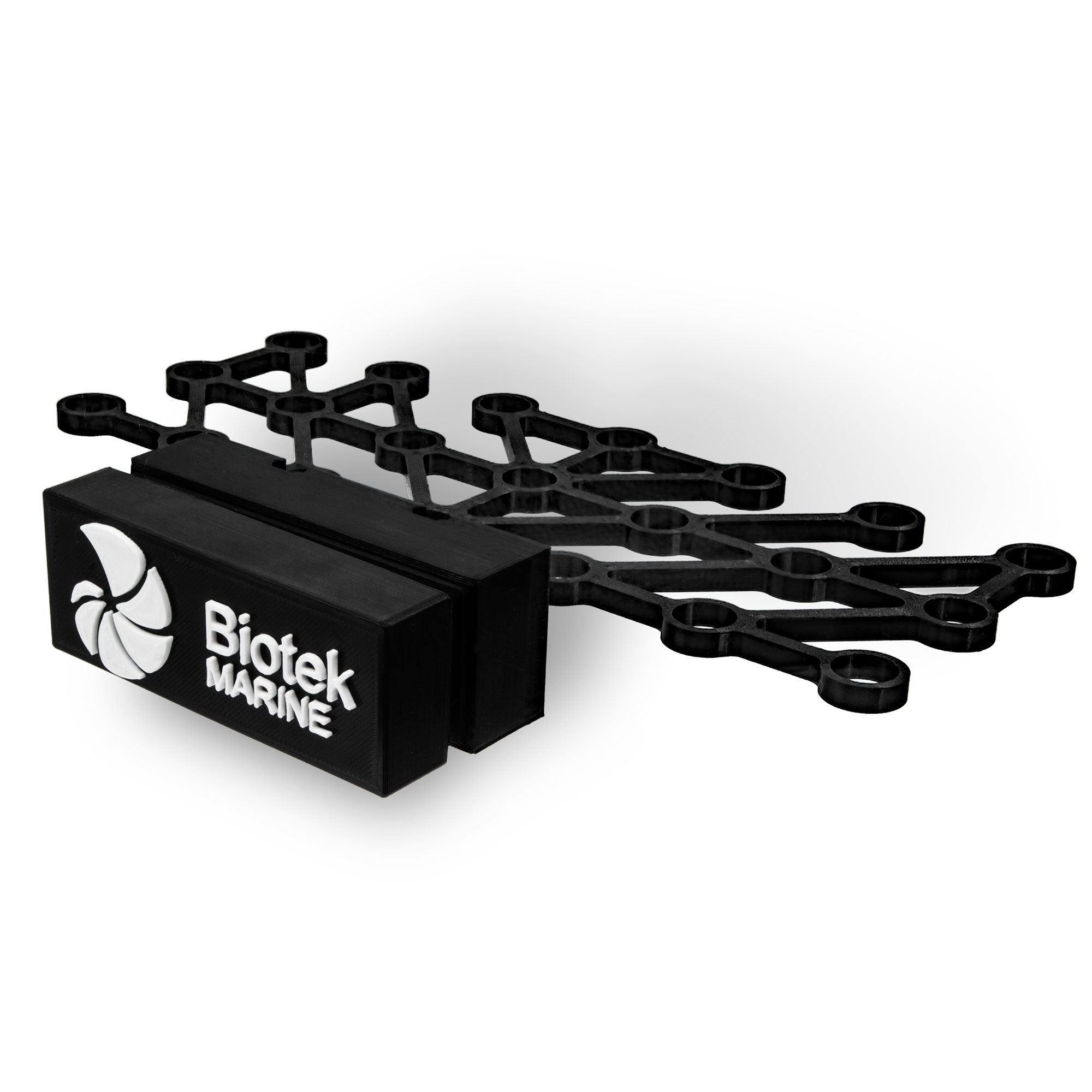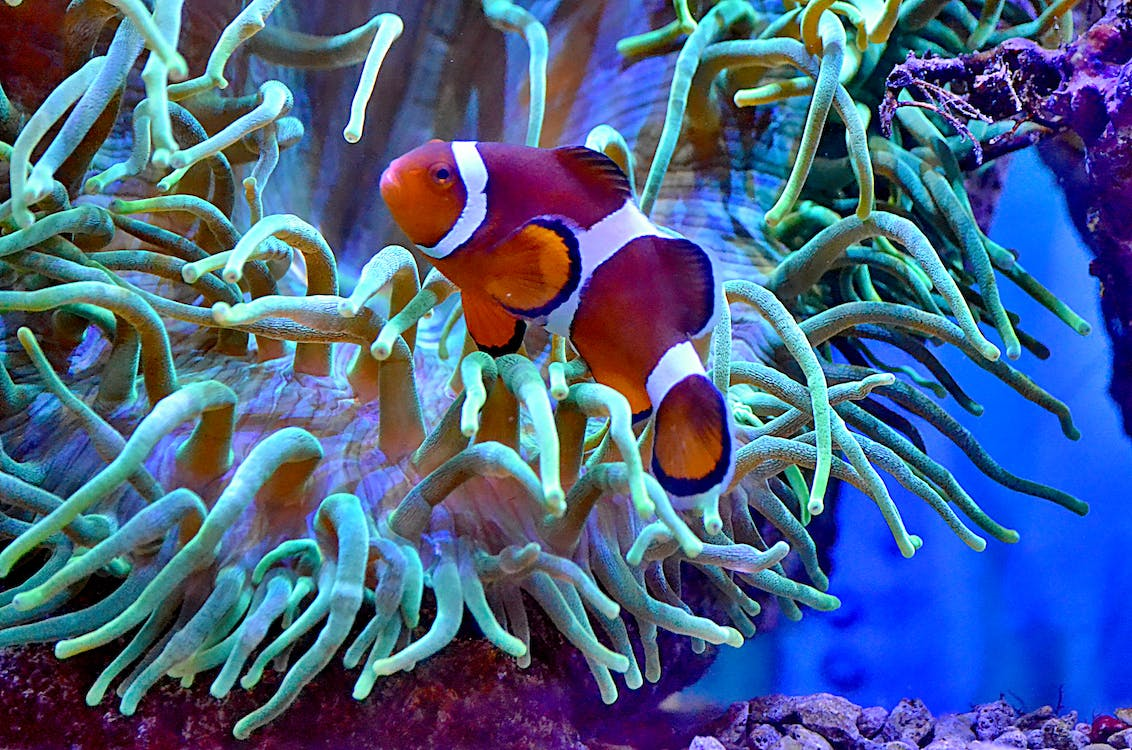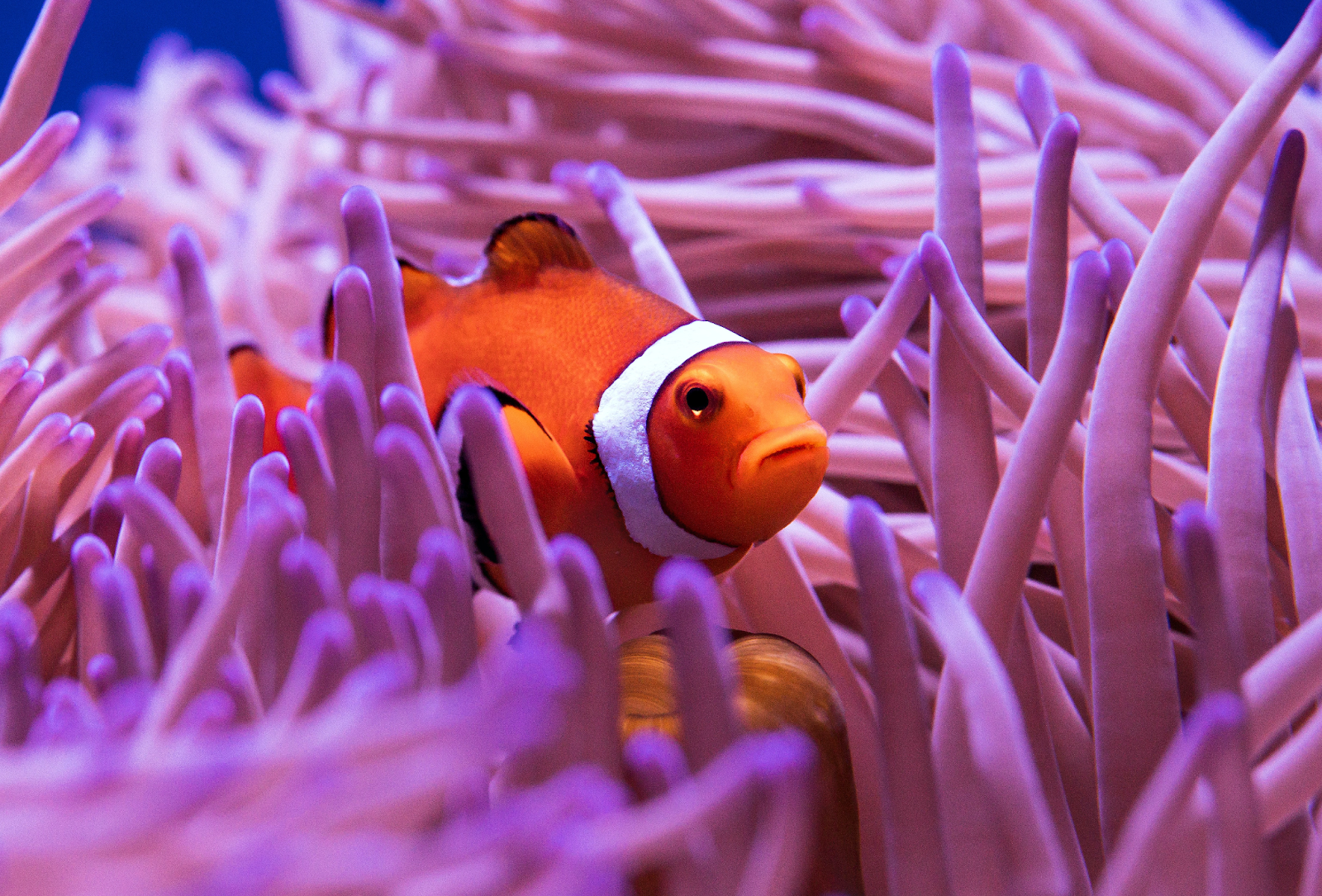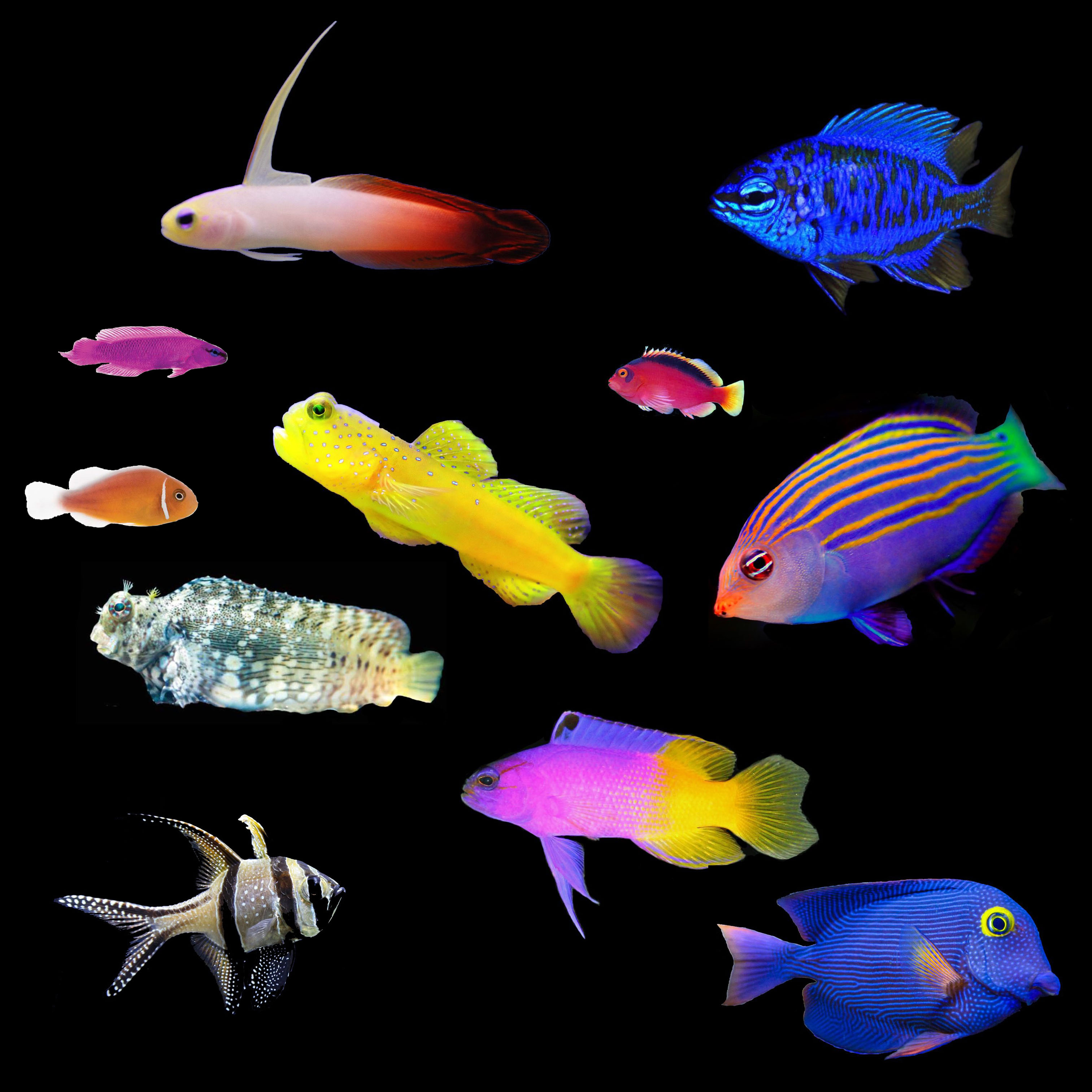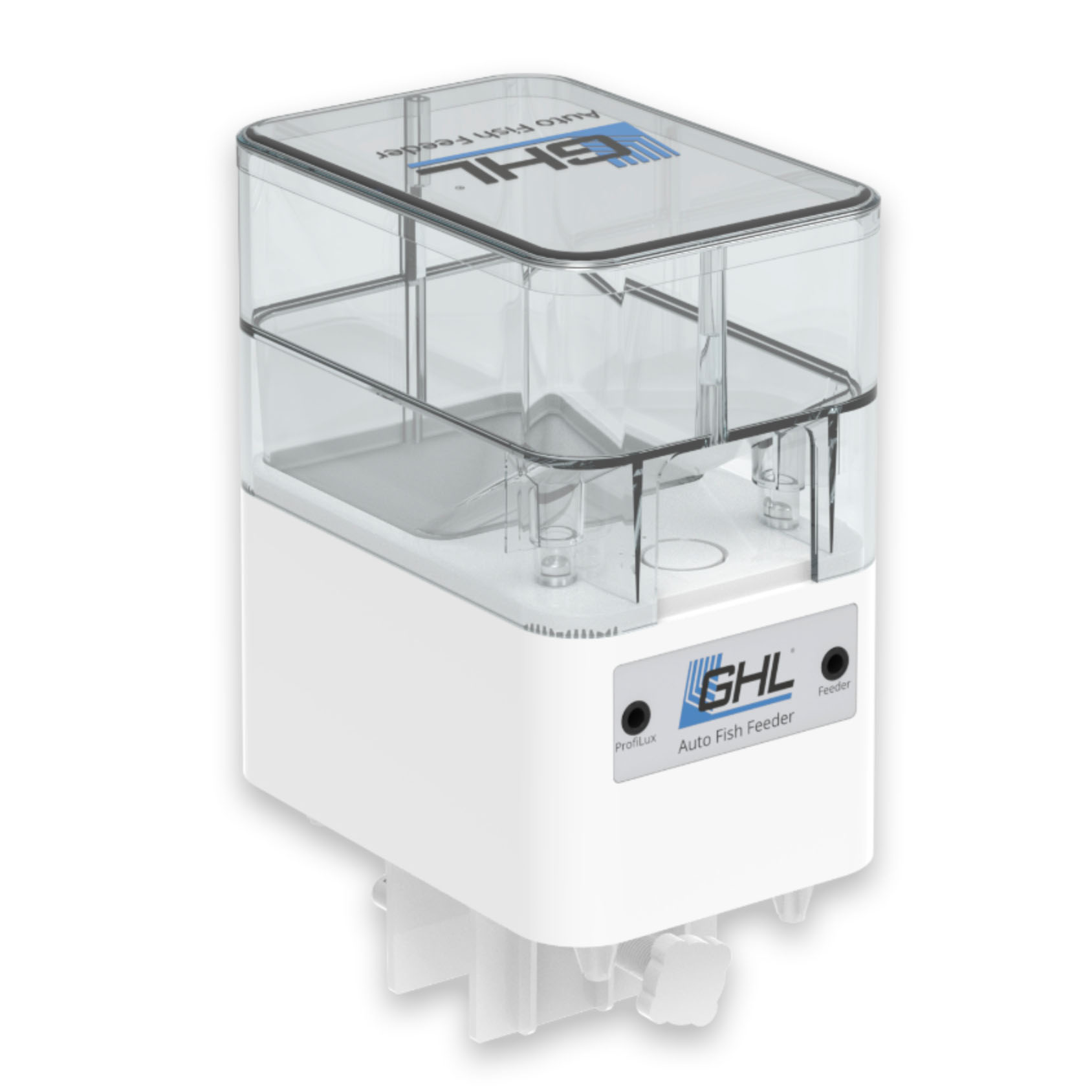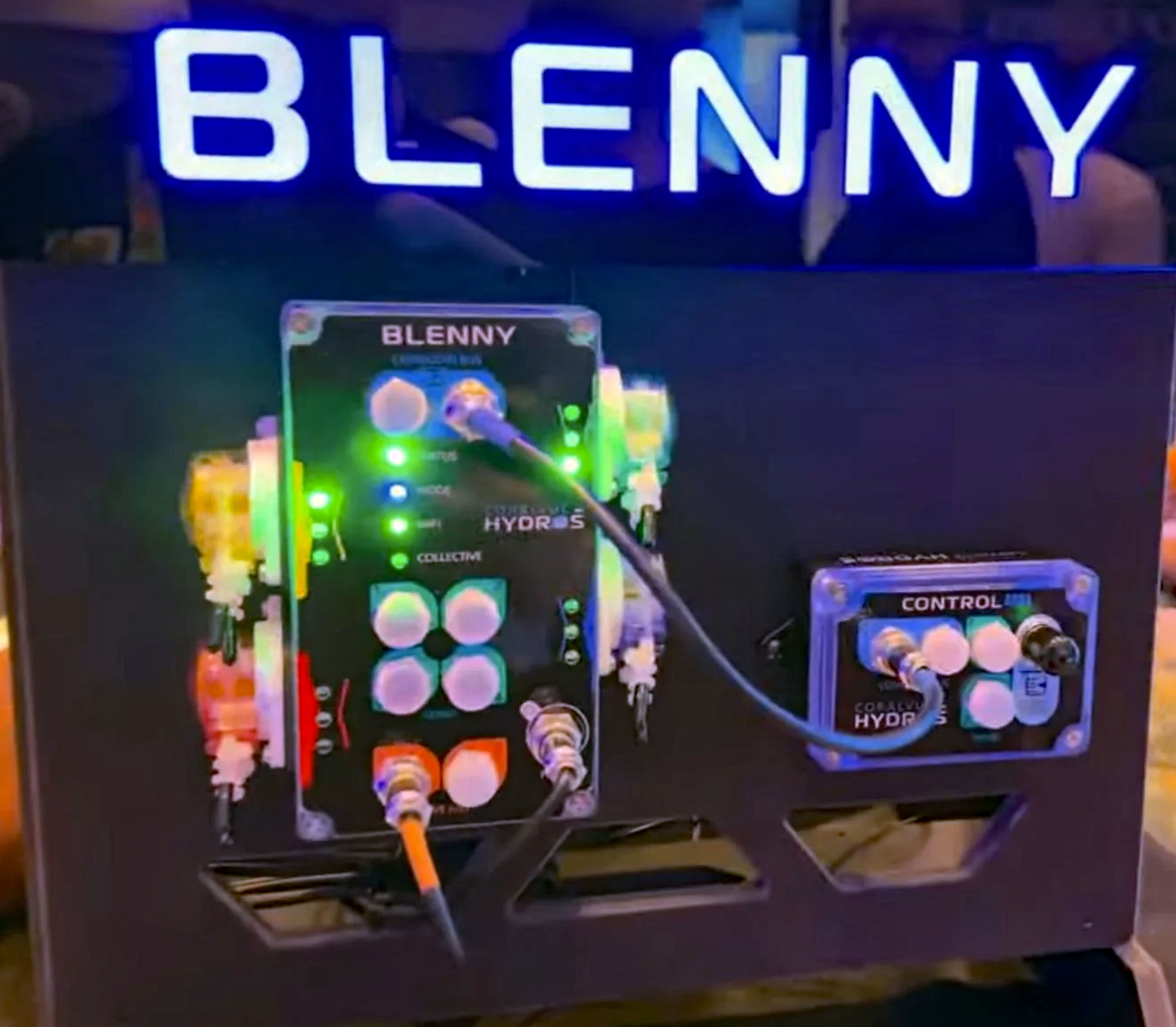We use cookies to make your experience better. To comply with the new e-Privacy directive, we need to ask for your consent to set the cookies. Learn more.
Flower Anemones: A Guide to Care, Feeding, and Conservation
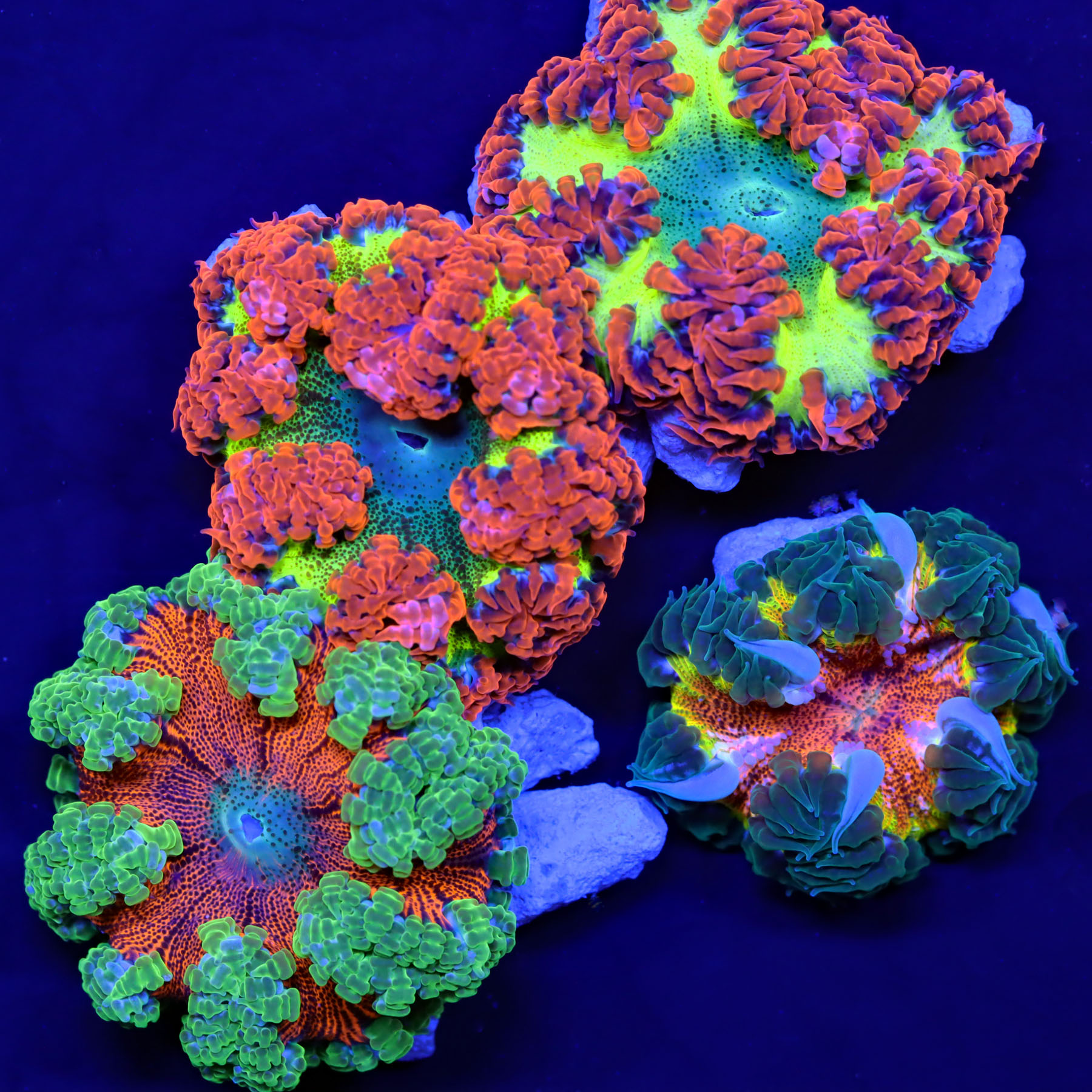
Flower Anemones often referred to as "Rock Flower Anemones", known scientifically as Epizoanthus spp., are captivating marine invertebrates that grace coral reefs with their vibrant colors and delicate tentacles. As coral reef inhabitants, they contribute to the aquatic biodiversity of our oceans, making them sought-after additions to reef aquariums by enthusiasts worldwide. In this comprehensive guide, we'll explore everything you need to know about caring for rock flower anemones, from feeding and lighting preferences to reproduction and conservation efforts.
Back in 2018, Jake Adams from Reef Builders wrote an article about Flower Anemones and this was one of the comments he said in the article. "PS. There is no such thing as a ‘Rock Flower’ anemone. A rock anemone is also known as Aiptasia and these here are and always be simply a ‘Flower Anemone’. Stop calling them ‘Rock Flowers’, that’s a made up name."
Ever since I read this article I have been trying my best to call them by their name but most people still refer to them by their misnomer.
Many hobbiests are not aware of this but there are actually 11 distinct species Flower Anemones which include:
- Phymanthus crucifer (Red Beaded Anemone)
- P. buitendijki
- P. coeruleus
- P. laevis
- P. loligo
- P. muscosus
- P. pinnulatum
- P. pulcher
- P. rhizophorae
- P. sansibaricus
- P. strandesi
Caring for Flower Anemones
Flower anemones thrive in well-maintained reef tank environments, where water quality parameters are closely monitored and suitable conditions are provided. Here are some essential aquarium care tips for keeping these colorful anemones happy and healthy:
Water Parameters: Maintain stable water parameters, including temperature (ideally between 75°F to 80°F), pH (around 8.1 to 8.4), salinity (specific gravity of 1.024 to 1.026), and nutrient levels. Regular water testing and appropriate adjustments are crucial for their well-being.
Lighting Requirements: flower anemones prefer moderate to high lighting levels in reef aquariums. LED lighting fixtures with customizable intensity and spectrum settings are ideal for mimicking natural sunlight. It's essential to provide adequate PAR (Photosynthetically Active Radiation) levels ranging from 100 to 250 PAR for optimal photosynthesis and coloration.
Water Flow: Maintain gentle to moderate water flow within the aquarium to prevent sediment buildup and ensure proper circulation around the anemones. Avoid strong currents that may stress or damage their delicate tentacles.
Substrate and Placement: Provide a stable substrate such as live rock or sand for the anemones to attach themselves securely. They appreciate being positioned on elevated surfaces where they can receive adequate light and flow without being shaded by other corals. This is important for successful aquascaping with anemones.
Feeding Regimen: While flower anemones have a symbiotic relationship with photosynthetic algae (zooxanthellae), they also benefit from supplemental feeding. Offer a variety of small meaty foods, such as chopped shrimp, mysis shrimp, and brine shrimp, coral & invert pellet foods two to three times per week to ensure proper nutrition.
Behavior and Compatibility
Flower Anemone Aggression: Are flower anemones aggressive? Generally, they are not highly aggressive compared to other anemone species. However, they can sting nearby corals or anemones, so it’s best to provide them with ample space to avoid potential conflicts.
Anemone Placement: Where do you place these anemones? Place flower anemones on stable substrates like live rock or sand, ensuring they are positioned on elevated surfaces where they can receive adequate light and flow without being shaded by other corals.
Hosting Clownfish: Will clownfish host in a flower anemone? Clownfish typically do not host in flower anemones. They prefer anemone species like the bubble tip anemone (Entacmaea quadricolor) or the carpet anemone (Stichodactyla spp.) as a couple of examples.
Quantity and Compatibility: How many flower anemones can you keep together? You can keep multiple flower anemones together as long as they have sufficient space and resources. They generally coexist peacefully but should be monitored to ensure they don’t sting other invertebrates.
Handling and Propagation
Dipping Anemones: Should I dip a flower anemone? dipping anemones is possible but generally not recommended unless they look like they may be suffering from a bacterial infection or when cutting them we recommend using a clean blade treated with iodine.
Cutting Anemones: Can you cut a flower anemone in half to have two anemones? Unlike some anemone species that can be propagated through cutting, flower anemones do not typically survive this process. It's better to rely on natural reproduction methods like budding. Attempting to cut them can lead to severe stress and a high risk of infection, often resulting in the death of both the original anemone and the intended clone.
Flower anemones reproduce naturally through two primary methods:
-
Sexual Reproduction: This involves the release of eggs and sperm into the water column, where external fertilization occurs. The resulting larvae eventually settle and develop into new anemones.
-
Asexual Reproduction (Budding): This occurs when the anemone produces genetically identical clones from its base. Over time, these clones grow into independent anemones.
For aquarists looking to increase their population of flower anemones, it is best to rely on these natural reproduction methods. Providing optimal conditions in your reef tank, such as stable water parameters, proper lighting, and adequate feeding, can encourage your anemones to reproduce naturally. Additionally, sourcing aqua-cultured specimens can help promote sustainable practices and support the health and diversity of coral reef inhabitants.
In summary, while some anemone species can be successfully propagated through cutting, flower anemones are best left to reproduce through their natural methods. This approach ensures the health and longevity of these beautiful marine invertebrates in your reef aquarium.
By propagating these anemones in controlled environments, aquarists can reduce the pressure on wild populations and help conserve natural coral reefs. Aqua-cultured specimens are often healthier and more resilient to environmental stressors, making them preferable choices for reef tank species enthusiasts.
Bleaching Event and Conservation Efforts
Earlier this year, a bleaching event off the coast of Florida adversely affected coral reefs, including populations of flower anemones. Bleaching occurs when environmental stressors, such as increased water temperatures or pollution, cause coral symbiotic algae to be expelled, leading to a loss of color and potential mortality. This event highlighted the fragility of aquatic ecosystems.
As a result of these bleaching events, many flower anemones are now sourced from alternative regions, such as the Dominican Republic, where populations remain more resilient to environmental stressors. The shift in sourcing highlights the importance of conservation efforts and sustainable aqua-cultivation practices to mitigate the impact of climate change on coral diversity and aquatic ecosystems.
In conclusion, flower anemones (rock flower anemones) are not only ornamental anemones that enhance the beauty of reef aquariums but also important contributors to marine biodiversity. By understanding their care requirements, promoting aqua-cultivation, and supporting conservation initiatives, aquarists can play a significant role in preserving these colorful anemones and the fragile ecosystems they inhabit. Let's continue to appreciate and safeguard the beauty of our coral reefs for generations to come.




